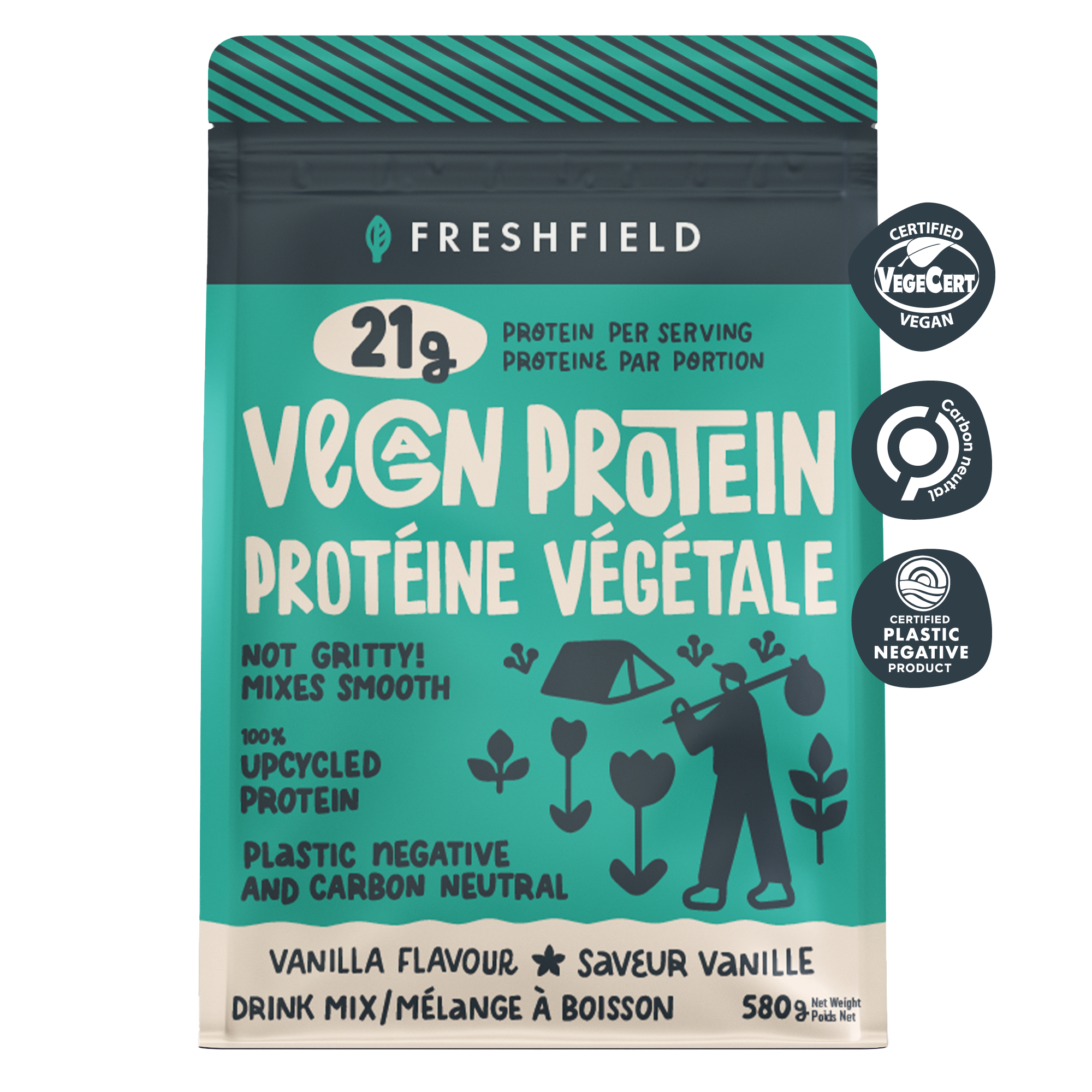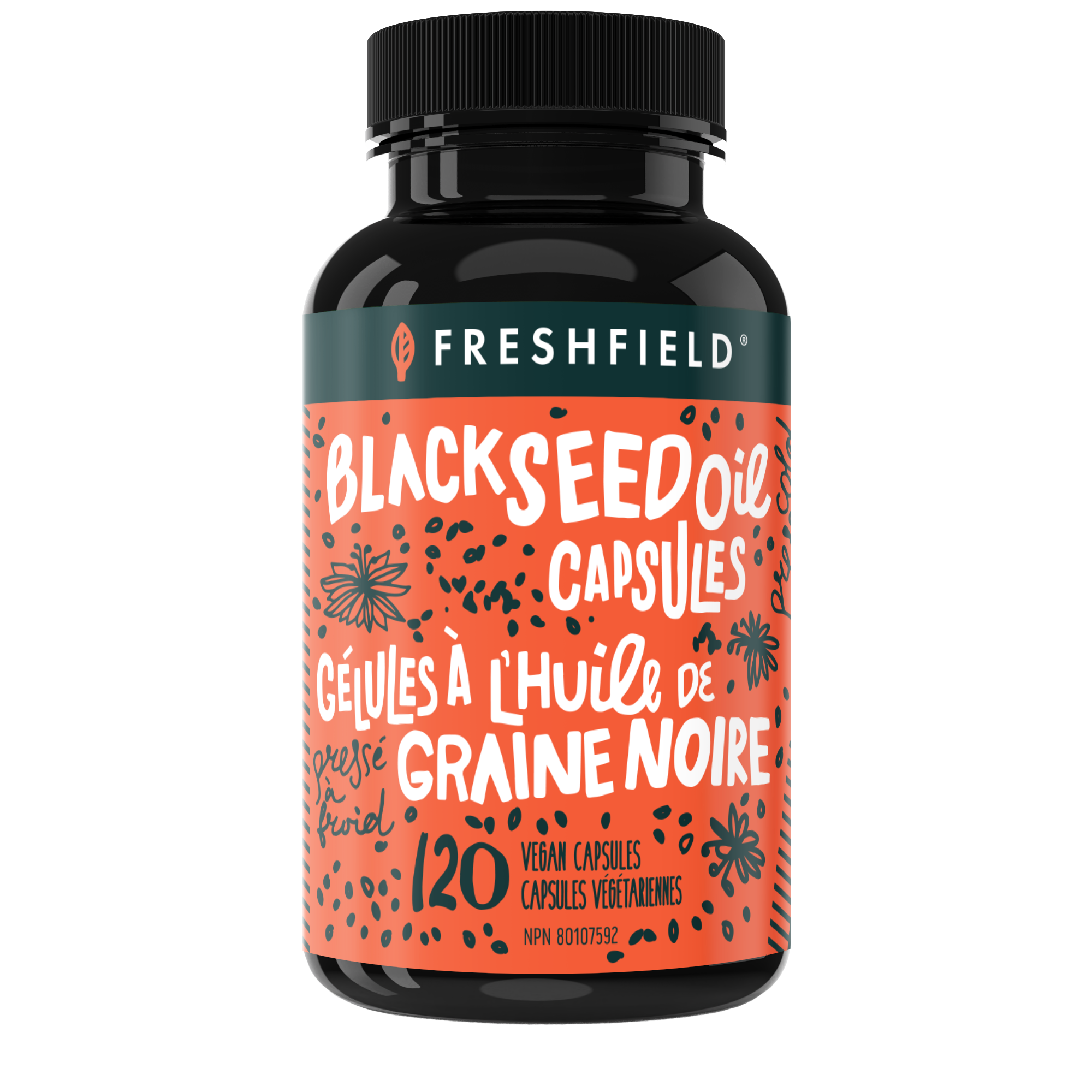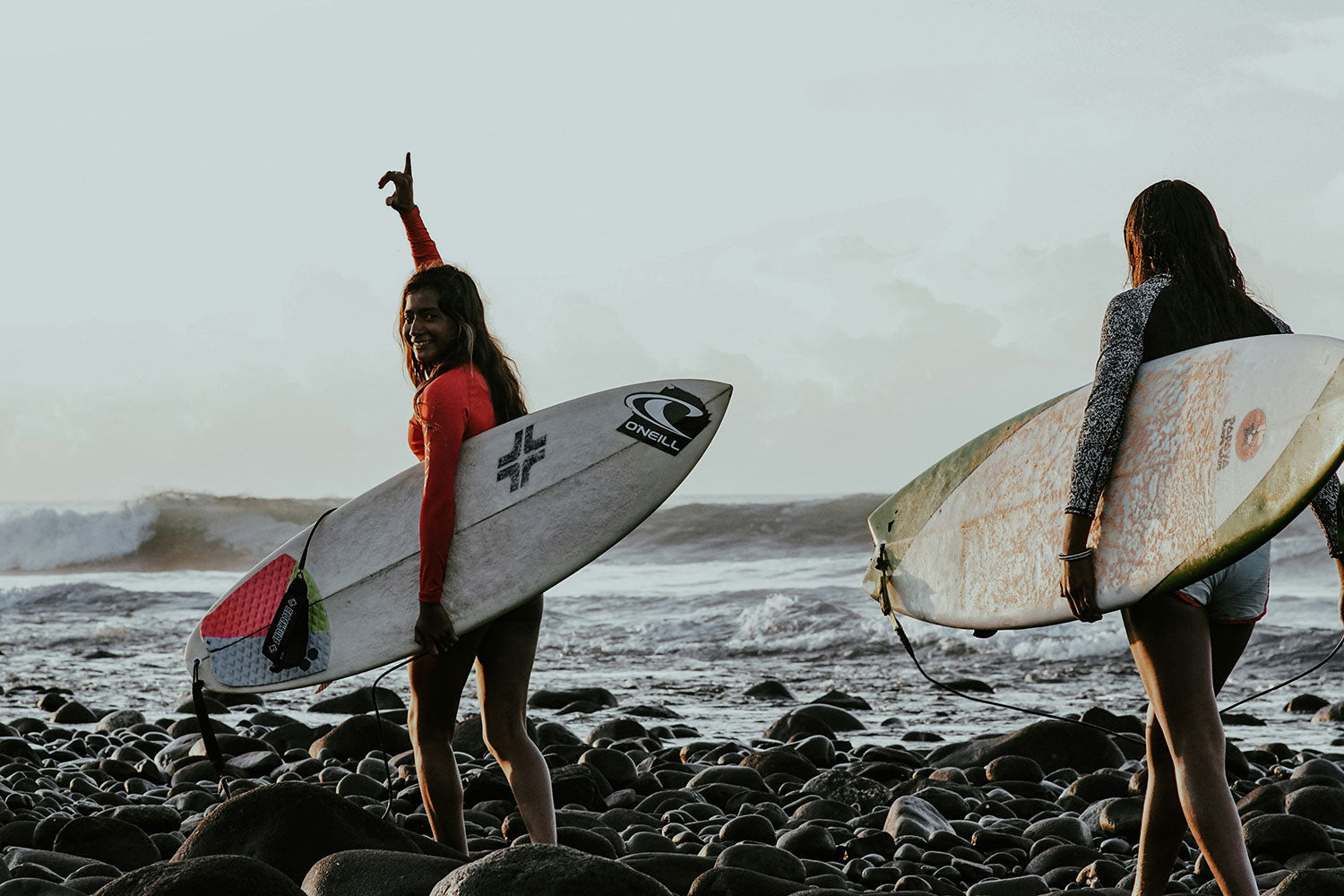Both Freshfield capsules are algae-sourced, fully vegan, carrageenan-free, and arrive in compostable bottles with forestry-waste labels. The real fork in the trail is molecular form (rTG vs EE), potency, and how your body (and stomach) handle each one. Use this guide to stop the head-scratching and pick the bottle that matches your goals.
Quick-Pick Cheat Sheet
|
Vegan Omega 3 |
Ocean Saving Omega |
|
|
Molecular form |
rTG (re-esterified triglyceride) |
EE (ethyl-ester concentrate) |
|
DHA per softgel |
225 mg |
500 mg |
|
DPA per softgel |
40 mg |
55 mg |
|
Softgel size |
500 mg fill (easy swallow) |
700 mg fill (still slim) |
|
Typical dose |
1 cap for baseline; 2 caps if diet is very low in food-based omega-3s |
1 cap = high potency; stack to reach ≥ 1 g DHA fast |
|
Fish-burp risk |
Very low — digests like real food |
Higher — take with your fattiest meal & keep caps cold to tame reflux (Drugs.com) |
|
Best for |
Everyday wellness • Sensitive stomachs • Prenatal† |
Cost-per-mg hunters • Intense training blocks • High-DHA protocols |
|
Price / 60 ct |
$29.99 |
$29.99 |
|
Why pick it |
Natural structure ⇒ higher uptake on low-fat meals; burp-free comfort (PubMed) |
Double the DHA per cap; lowest cents-per-mg among vegan options; form used in landmark outcome trials (New England Journal of Medicine) |
† Expecting or nursing? Grab Freshfield Prenatal DHA (also rTG). It’s a straight-DHA formula that hits the obstetrician-backed 300-450 mg target without piling on extra vitamins.
Omega-3 Forms 101 (Plain-Language Version)
-
Triglyceride (rTG) = nature’s original wrapper.
Algae (and fish) build omega-3s in this three-fat “trident.” Your gut already has the lipase enzymes to clip and absorb it, so uptake stays high even with a light breakfast. In controlled studies, rTG raised blood DHA/EPA ≈ 20-70 % more than EE under low-fat conditions. (PubMed, PMC) -
Ethyl-ester (EE) = high-octane concentrate.
Chemists swap glycerol for ethanol, then vacuum-distil to crank DHA sky-high. Absorption matches rTG if you swallow it with ≥ 5 g of dietary fat otherwise it lags, and the freed ethanol plus higher peroxide load can trigger those infamous fish burps. (PMC, Drugs.com) -
Clinical credibility.
Most large cardiovascular-outcome trials—REDUCE-IT (icosapent ethyl), GISSI-Prevenzione, JELIS—used EE concentrates and still delivered risk-reduction wins. (New England Journal of Medicine)
Who Should Choose Which?
Pick VO3 if you…
-
Want a one-and-done, burp-free baseline (~300-500 mg DHA/day).
-
Eat low-fat breakfasts or often take supplements on an empty stomach.
-
Are pregnant or breastfeeding (pair VO3 or our dedicated Prenatal DHA with your prenatal multi).
-
Prefer the smallest softgel possible without sacrificing potency.
Grab OSO if you…
-
Need big DHA numbers for heavy training, cognitive focus, or per your practitioner.
-
Are switching from a 1,000 mg fish oil habit and want the best cents-per-mg in a vegan capsule.
-
Don’t mind taking your capsule with dinner (fat + chilled bottle quiets burps).
-
Like dosing flexibility: One cap for maintenance, two caps for research-level grams.
The DPA Bonus
Each capsule delivers a dash of docosapentaenoic acid (DPA), a long-chain fatty acid linked in observational work to healthier inflammatory tone and lower fatal-cardiac-event risk when circulating alongside DHA. (PMC) (Research is still young, but emerging evidence looks promising.)
Sustainability: Same Planet-First DNA
-
Zero-fish supply chain: Closed-tank algal fermentation eliminates by-catch and forage-fish pressure.
-
Compostable bottles + forestry-waste labels: Industrial compost turns the pack to soil in months, not millennia.
-
Carbon-neutral production: We offset every kilogram of CO₂e from culture to your doorstep.
Deeper Dive for the Science-Curious
|
Topic |
Key takeaway |
Evidence |
|
Absorption kinetics |
rTG enters via pancreatic lipase; EE needs carboxyl-ester lipase + bile—rate-limiting unless taken with fat. |
(PMC) |
|
Fish-burp mechanism |
EE products list eructation/belching among the most common GI complaints. |
|
|
Dose over form |
After 8–12 weeks of consistent with-food dosing, blood omega-3 index for EE and TG converge—dose ultimately wins. |
|
|
Daily goalpost |
Most health bodies peg general wellness at 250–500 mg combined EPA + DHA/day. |
Rule of Thumb
-
Shoot for 300–500 mg DHA daily (diet + supplementation).
-
Hate fish burps or swallow caps without a fatty meal? → VO3
-
Need ≥ 500 mg DHA per cap at the best price? → OSO
-
Pregnant? → Freshfield Prenatal DHA (rTG, straight DHA)
Either way, you’re fuelling your body and protecting the blue planet.











Share:
From Brewery Waste to Breakfast Shake